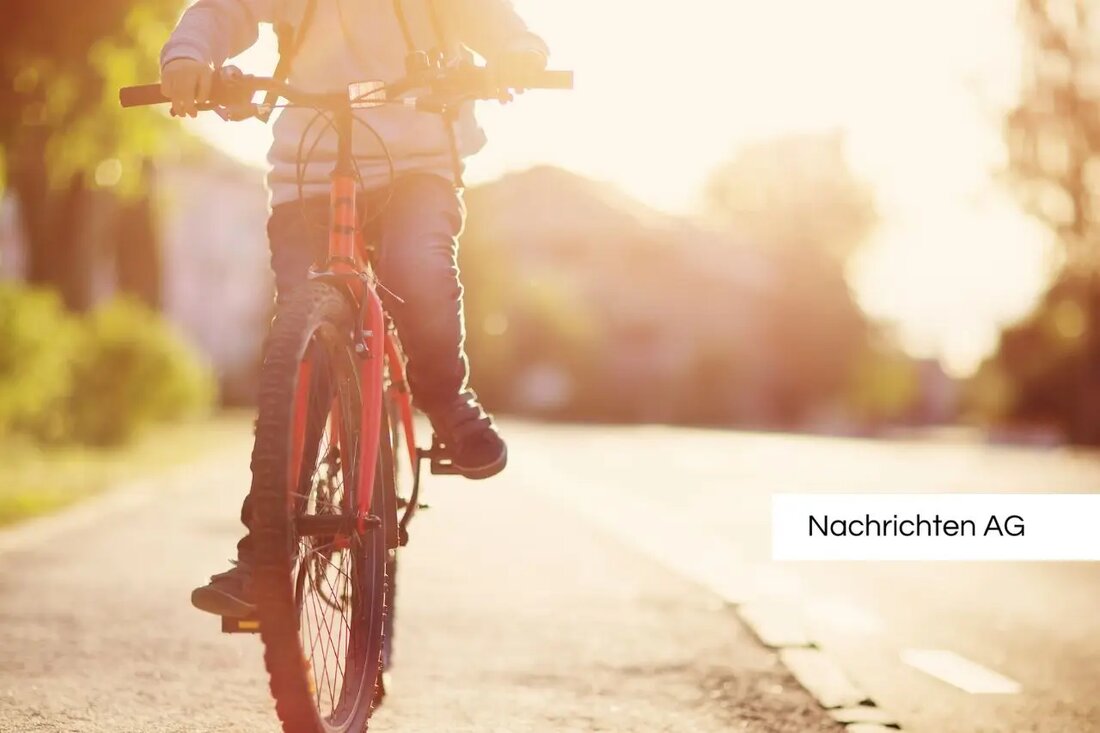Oberhausen asks 10,000 households about mobility - take part!

Oberhausen asks 10,000 households about mobility - take part!
Around 10,000 households in Oberhausen will be confronted by the city in the coming months. These households were chosen random to take part in a comprehensive mobility survey, which is to take place in April and May 2025. The aim of the survey is to obtain a precise picture of the paths covered and the means of transport used by citizens. The survey is carried out by the Ingenieurbüro Helmert from Aachen, which underlines the professionalism of the study, reports [radiooberhausen.de].
The city administration of Oberhausen has placed particular importance in the survey. The respondents are invited to disclose their choice of transport - be it car rides, bike tours, footpaths or the use of public transport. This data is crucial in order to grasp the daily traffic volume and the future -oriented needs of the transport offers in the city more precisely. Participation in the survey is possible both digitally via an online questionnaire as well as in writing and by phone. It is emphasized that the survey is anonymous and voluntary, but a high participation rate is essential for meaningful results, as [Oberhausen.de] emphasizes.
results and relevance of the mobility survey
In connection with the mobility survey, the so -called “Modal Split” is of particular interest. This describes the distribution of the means of transport used - such as bus, car, bicycle and foot traffic. The results should not only provide information about the frequency of the use of public transport, but also enable conclusions to be drawn about the use of environmentally friendly alternatives, which supports the operational readiness of the city to promote sustainable mobility.
dr. Thomas Palotz, deputy of the city of Oberhausen, emphasizes the importance of this survey for the future transport infrastructure. The evaluation of the data published at the end of 2025 could help to make traffic offers more specifically and possibly also take new initiatives to promote cycling and foot traffic in order to better meet the needs of citizens.
The influence of traffic patterns and infrastructure
The investigation of traffic behavior shows that the choice of means of transport depends heavily on socio-demographic characteristics, the purpose of the path and the existing infrastructure. In a survey on mobility in Germany from 2017, it was found that motorized individual means of transport, especially the car, make up to 70% of the paths covered in rural areas. In urban areas, this proportion is often lower, which illustrates the need for a diverse and well-established public transport system, especially in large cities where the public transport share is above the national average.
The results of the mobility survey could help to focus on the traffic policy of Oberhausen on the actual needs of the residents and thus also promote foot and bike traffic. Many cities show that well -developed local public transport is essential for sustainable and flexible mobility. The connection between traffic behavior and infrastructure is clear: an improved range of transport could increase the use of public transport and thus also use the traffic transition in the city.
The citizens are asked to take part in this important survey. The city of Oberhausen emphasizes that they make their contribution through the provision of valuable data that help the city help the city's future mobility in the sense of the environment and the quality of life. Further information is available on the city's official website.
| Details | |
|---|---|
| Quellen | |
